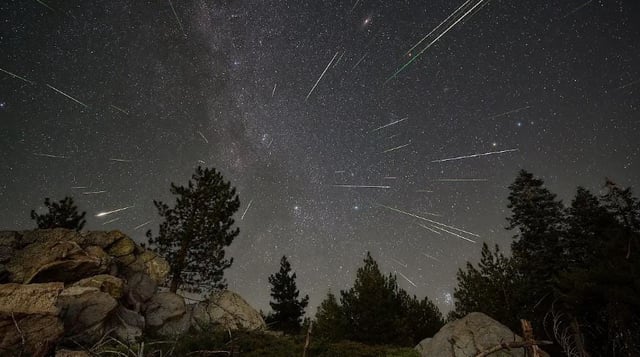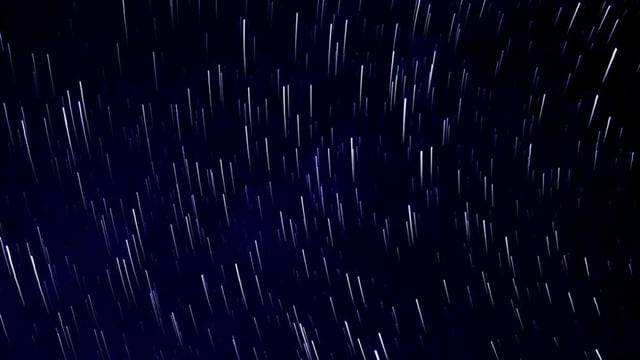Overview
- Earth will pass through debris from comet 109P/Swift-Tuttle, driving the Perseids to their peak late on August 12 and into the early hours of August 13.
- An 84% illuminated waxing gibbous moon could reduce meteor visibility by up to 75%, making only the brightest streaks stand out.
- Observers are advised to choose dark, low-pollution locations, look away from the moon and allow at least 20 minutes for their eyes to adjust.
- Under ideal conditions the shower yields 50–100 meteors per hour, but this year lunar glare is likely to limit sightings.
- A special event at La Cocosa on August 14 will offer guided telescope sessions, solar and Mercury observations, and free transport for up to 50 participants, with registration opening August 5.



